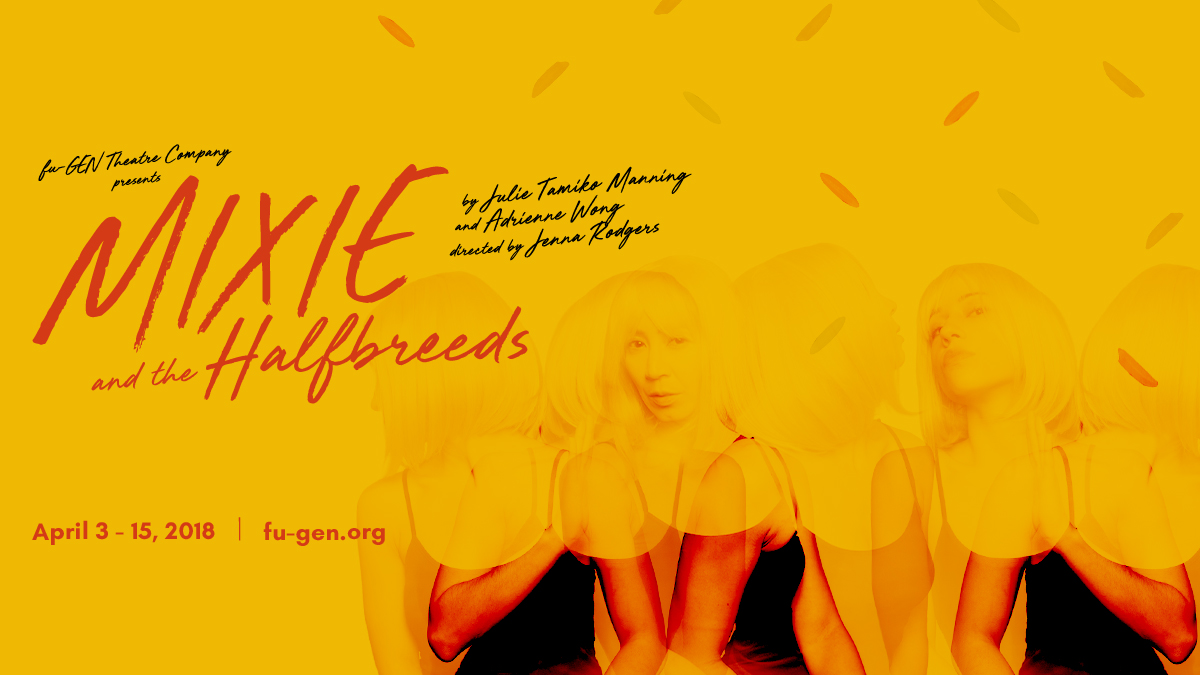New York Times journalist comes to talk about multiracial identity for Black History MonthPosted in Articles, Campus Life, Identity Development/Psychology, Latino Studies, Media Archive, United States on 2018-04-10 03:17Z by Steven |
New York Times journalist comes to talk about multiracial identity for Black History Month
Iowa State Daily
2018-02-23
 Journalist Walter Thompson-Hernandez came to Iowa State on Feb. 22 to speak to students about what it’s like being multicultural and speaks about how to define ones identity. Megan Petzold/Iowa State Daily |
As the lights went down and as the crowd hushes to a silence, a man gets up and walks to the podium. He opens his laptop and presents a PowerPoint. The first slide presents a graffiti on a blue brick wall in Los Angeles.
The graffiti says “black power, brown pride – Tupac,” which led to the man’s first question.
“What Tupac song is this from?” He asks the crowd.
A student jumps up right away and proudly states the song is “To Live and Die in L.A.”
Walter Thompson-Hernandez, the guest presenting, is shocked, to realize a lecture attendee in Ames was the first to get it right.
Most known for his work called “Blaxicans of L.A.,” where his photos and videos talk about people in South Central Los Angeles and their experience with their multiracial identity of being both black American and Mexican in the United States, Thompson-Hernandez talks about the history of Blaxicans and what could be the future of multiracial identities in the future…
Read the entire article here.







